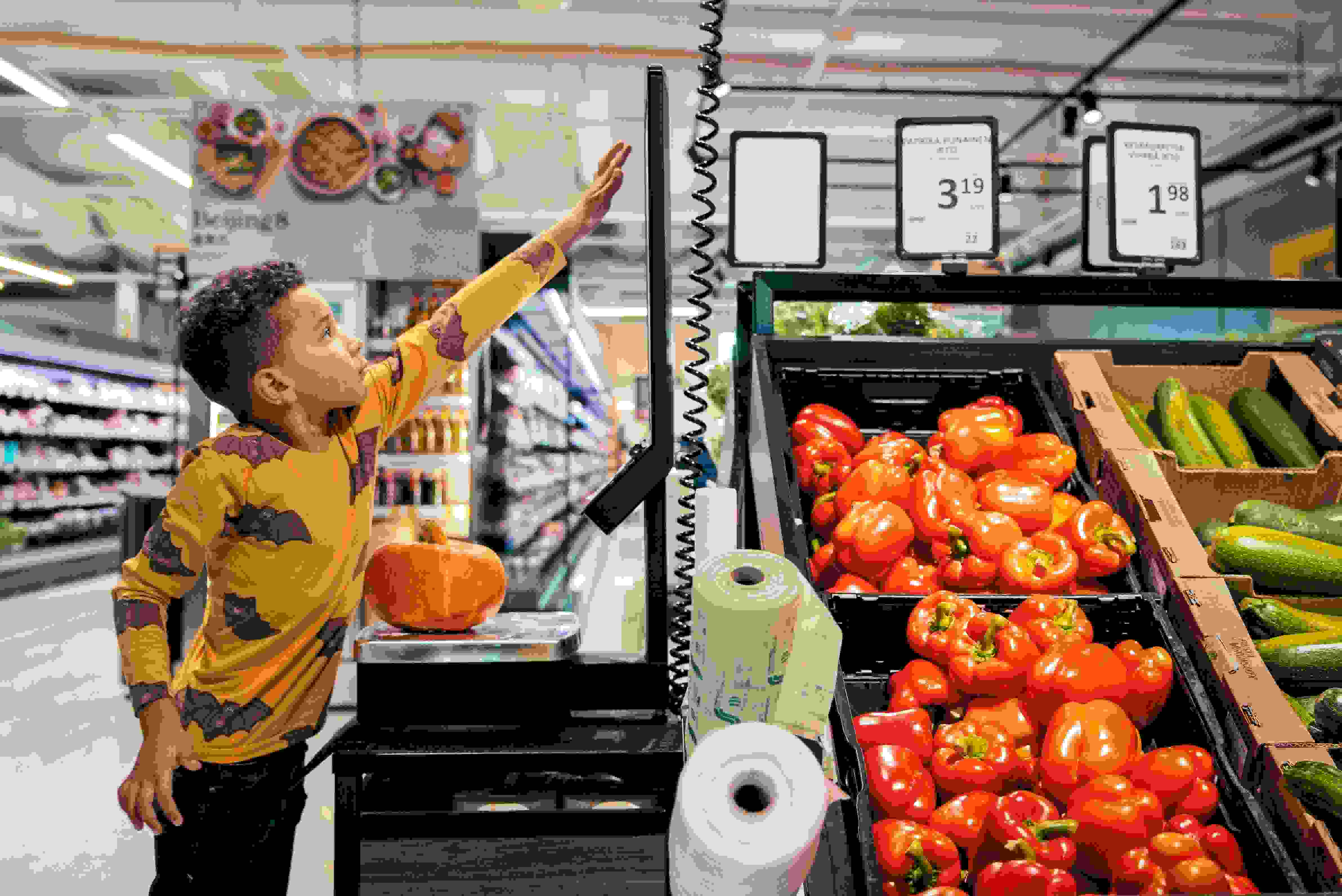Researchers at the University of Jyväskylä have developed a method for corporations to calculate their biodiversity footprint. The pilot project focused on S Group’s biodiversity footprint. The method’s development work is being financed by S Group and Sitra. The outcome of the study will be a method freely available to all companies and organisations for the assessment of their impact on nature.
The interim report of the project published now indicates that food and fuels account for most of S Group’s biodiversity footprint, with the majority of the footprint falling on regions beyond Finland’s borders.
Biodiversity loss is one of the biggest global sustainability challenges, alongside climate change. To be able to reduce the impact that their products and services have on the environment, companies must first understand the nature of these impacts.
“Companies already routinely calculate their carbon footprints. This project demonstrates that they can also calculate their biodiversity footprint. A company like S Group, with operations in several different sectors, played a key role in the method’s development,” says Janne Kotiaho, Professor of Ecology at the University of Jyväskylä.
“You have to tackle climate and biodiversity challenges hand in hand. As opposed to climate efforts, biodiversity impacts are very local. The report shows that there is a need for increasingly strong cooperation between businesses and partners operating within the same geographic area. Companies must also start building new kinds of cooperation networks to reduce their negative impact on nature,” says Nina Elomaa, Chief Sustainability Officer, at S Group.
“You cannot manage something that you can’t measure. Stopping biodiversity loss requires a functional method for calculating biodiversity footprints. Any company that intends to make a serious effort to manage their biodiversity impact needs a method of this kind. We can take some national pride in Finland being at the forefront of this global development work,” says Lasse Miettinen, Theme Director of Sustainability Solutions at Sitra.
The theme is topical, given that nations around the world agreed on new international targets for halting biodiversity loss at the Montreal Biodiversity Conference in December. The global biodiversity framework agreed on also stated that, in the future, large and transnational companies should disclose their negative impact on biodiversity. Finland is also drawing up a national biodiversity strategy and its implementation programme.
Biodiversity footprint maps impact on terrestrial and aquatic ecosystems
The interim report of the project, which will continue until the end of 2025, indicates that food and beverages account for the largest portion of S Group’s biodiversity footprint, while fuels account for the second largest portion of it. These are also the retail group’s largest business areas. Utility goods account for a significantly smaller portion—a few per cent—of the biodiversity footprint.
Through complex supply chains, a large part of the negative environmental impact attributable to Finnish consumption is generated across the globe, beyond Finland’s borders. According to the calculation model based on financial accounting and Finland’s international trade, more than 90 per cent of S Group’s global biodiversity footprint falls on regions outside Finland, such as Indonesia and the regions around the equator as well as Spain, the Mediterranean region and Brazil. The biodiversity footprint is typically larger in regions rich in biodiversity, such as those around the equator.
Climate and biodiversity efforts are closely related. S Group’s goal is for its operations to be carbon negative by 2025. In addition to climate efforts, the retail group aims to reduce its biodiversity impact by promoting more sustainable consumption and a planetary health diet, among other things. Concrete actions include policies related to raw materials and sourcing that aims to protect fish populations, for example, or ensure that no purchases are made from areas sensitive in terms of forest loss.
How S Group’s biodiversity footprint was assessed
The biodiversity footprint of S Group’s value chain and own operations was assessed with a method devised by the University of Jyväskylä School of Resource Wisdom – JYU.Wisdom. The method relies on scientific databases and the company’s consumption accounts. This is the first time that a major trade group’s biodiversity footprint has been assessed.
The indicator of the biodiversity footprint is the share of the world’s species at risk of extinction, i.e. the Potentially Disappeared Fraction (PDF) of species. The indicator collects the PDF of various species under a single unit of measurement, similar to carbon footprint assessments, and enables the international comparison of different corporations’ biodiversity footprints.
The method’s further development and specification continues. The methods and tools to be made available in the public domain will enable the planning of more efficient measures preventing the loss of biodiversity in the value chains of companies.
The method’s development is also connected to the BOOST for biodiversity offsets project, funded by the Academy of Finland, the objective of which is to design, build and implement a biodiversity offsetting system in Finland.
Contact details:
Nina Elomaa, Chief Sustainability Officer, S Group, tel. +358 10 76 80803, nina.elomaa@sok.fi
Janne Kotiaho, Professor of Ecology, University of Jyväskylä, tel. +358 50 594 6881, janne.kotiaho@jyu.fi
Sami El Geneidy, Doctoral Researcher, University of Jyväskylä, tel. +358 40 532 9892, sami.s.elgeneidy@jyu.fi
Lasse Miettinen, Theme Director of Sustainability Solutions, Sitra, tel. +358 40 507 6100, lasse.miettinen@sitra.fi
